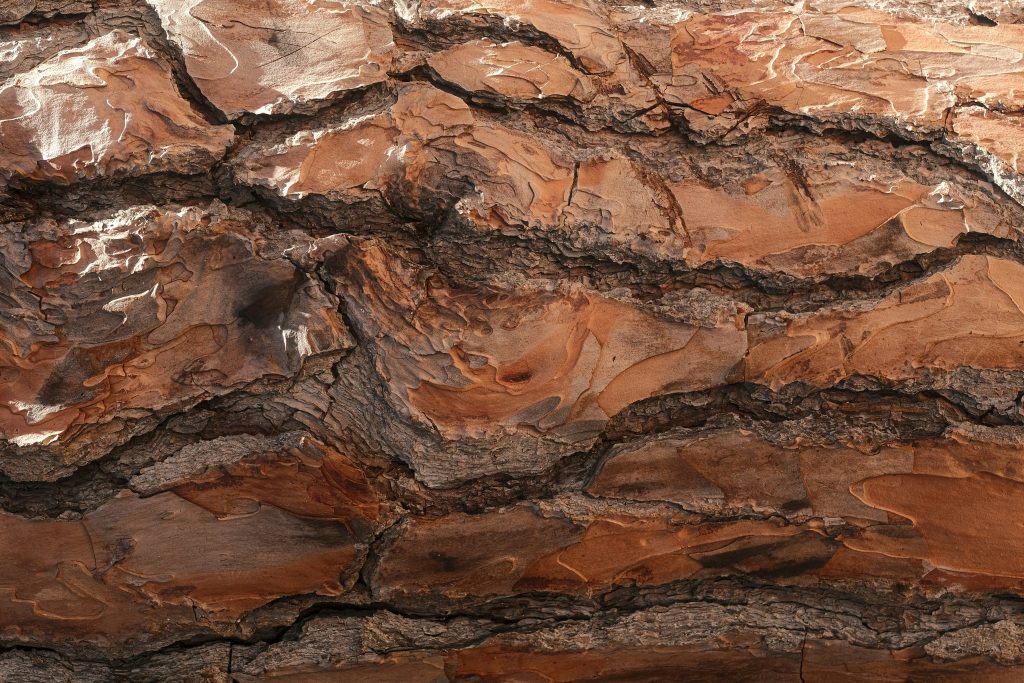A devastating landslide struck the picturesque town of Ketchikan, Alaska, on Sunday, claiming the life of one individual and injuring several others. The incident occurred around 4 p.m. when a massive section of a steep, forested hillside collapsed, sweeping downwards and crashing into homes situated near the Third Avenue Bypass. Emergency responders were quick to arrive on the scene, and their efforts were met with the grim reality of the situation—a community shaken by the sudden and tragic loss.
Local officials have confirmed that the landslide resulted in significant damage to properties, with numerous homes affected. The heavy rains that had drenched the area prior to the disaster are believed to have played a crucial role in the landslide’s occurrence. Experts are conducting further assessments to understand the geological factors that may have contributed to the slope’s failure.
As the community grapples with the aftermath, residents have been advised to remain vigilant, as conditions may still pose a risk for additional landslides. Evacuation orders have been issued for some areas as a precautionary measure, indicating the seriousness of the geological instability in the region.
Despite the tragic events, officials have indicated that cruise operations in Ketchikan will not be affected in the immediate future. The town, known for its vibrant tourism scene, is a popular destination for cruise ships, and maintaining safety for both residents and visitors remains a top priority.
The loss of life has left a profound impact on the tight-knit community of Ketchikan, where residents are coming together to support one another during this trying time. Local organizations are mobilizing to provide assistance to those displaced by the landslide, showcasing the resilience and solidarity of the community in the face of adversity. As recovery efforts continue, focus will also shift to the long-term implications of such natural disasters in this vulnerable region, highlighting the need for ongoing monitoring and preparedness for future events.
In the wake of this tragedy, the importance of understanding and addressing environmental factors is more critical than ever. The interplay between changing weather patterns and geological stability warrants further investigation, as communities like Ketchikan face the challenges posed by climate change and its impact on natural disasters. With the winter months approaching, added caution and preparedness are essential to safeguard the lives and homes of those in this beautiful yet precarious part of Alaska.

